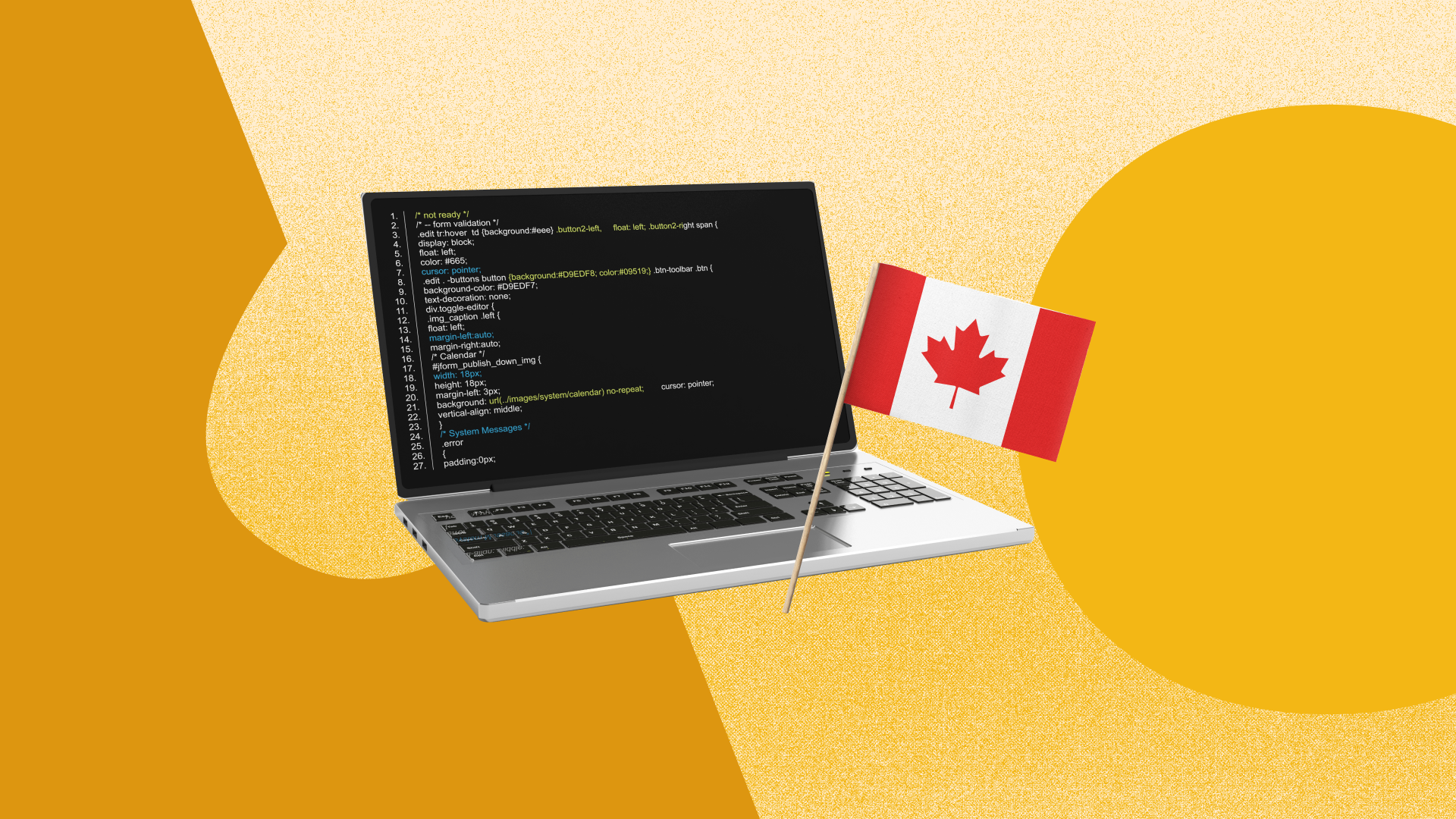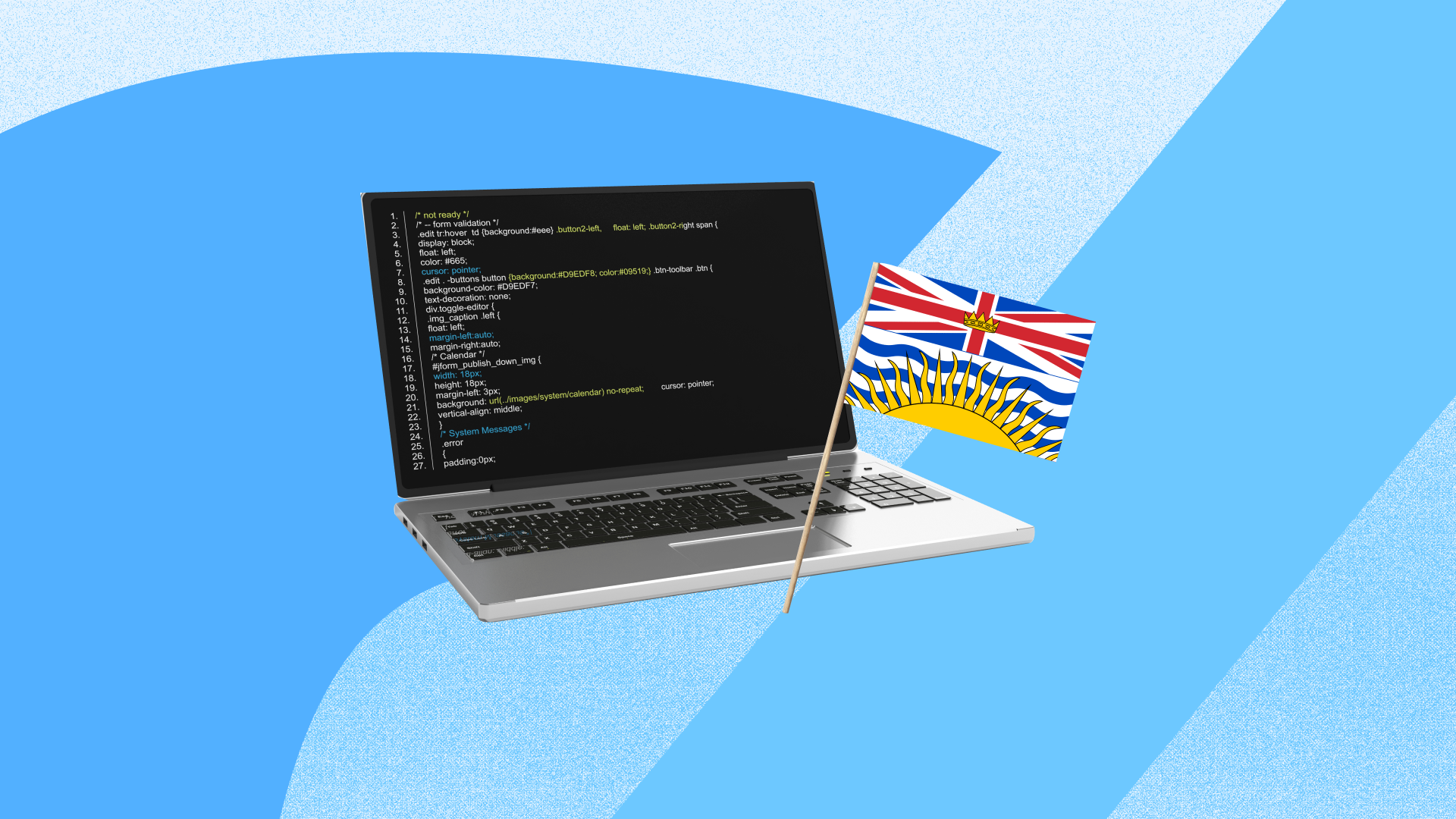How does HR analytics help businesses make decisions?
What type of data is commonly used in HR analytics?
How can small businesses implement HR analytics effectively?
HR Analytics
HR analytics is the process of using employee data to make better decisions about hiring, performance management and engagement, and retention.
How does HR analytics help businesses make decisions?
HR analytics transforms employee information into valuable insights. Using data takes the guesswork out of important people decisions. Employers can use HR analytics to identify patterns, such as which teams lose the most people or where work gets done best. By looking at past hiring needs, companies can plan ahead with a better sense of future workforce needs. With this information, leaders can make smarter choices about staffing and lay the foundation for future growth.
What type of data is commonly used in HR analytics?
Companies track key hiring metrics like time-to-fill and cost-per-hire, monitor employee performance and productivity, and use surveys to measure engagement and satisfaction. Time tracking data can also be tracked and used to understand work patterns and identify peak productivity hours. Payroll data helps ensure fair and competitive compensation. By combining these data sources, businesses gain powerful insights to guide better HR decisions.
How can small businesses implement HR analytics effectively?
Employers should prioritize gathering accurate data that can be used to solve specific issues, not just gathering numbers. This should start with identifying the key metrics to dive deeper into, for example, turnover and hiring costs. Choosing scalable tools can help reduce growing pains for small businesses with growing teams.
Dive Deeper with Justworks’ Resources
Get a closer read on relevant topics related to benefits, payroll, HR, compliance, and more.





